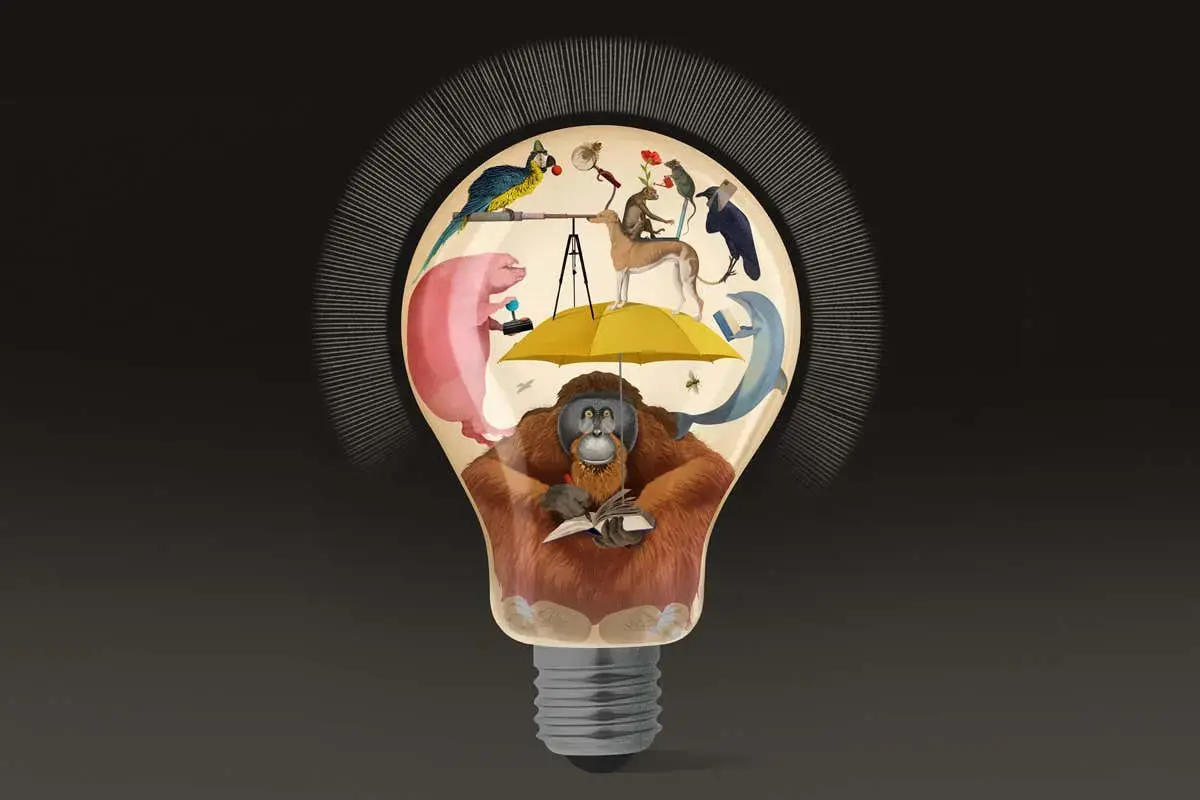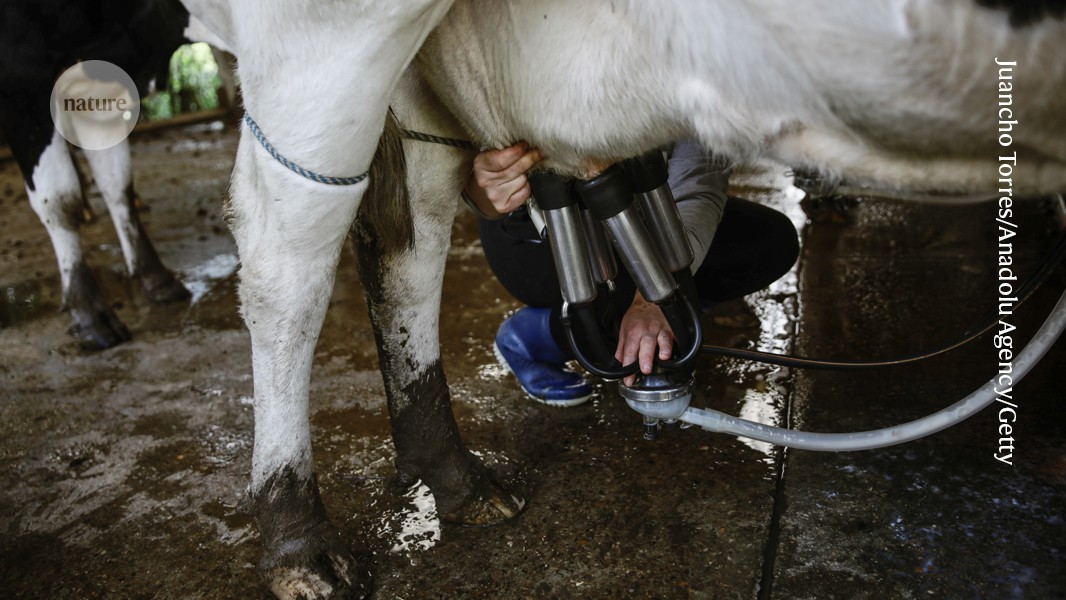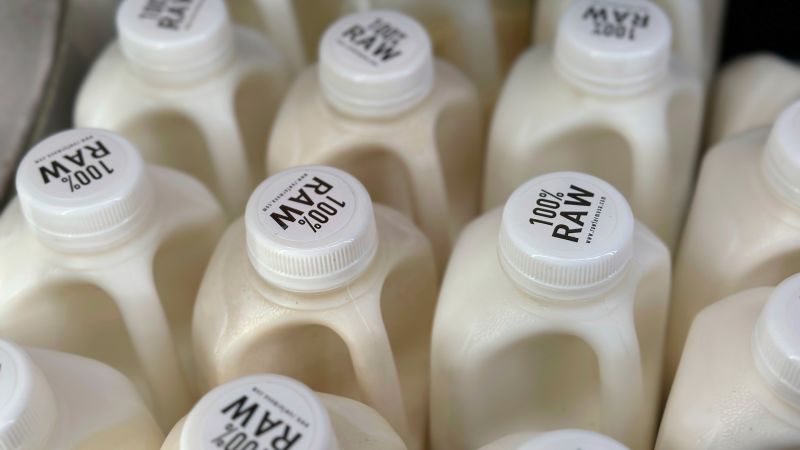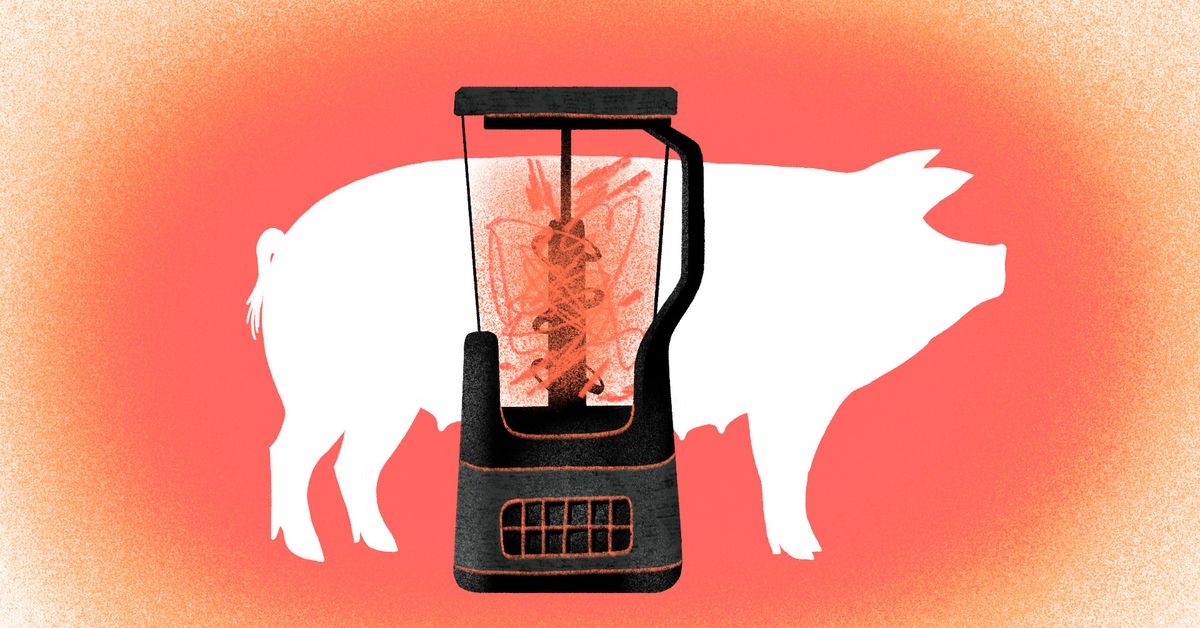- 13 Posts
- 31 Comments

 146·18 days ago
146·18 days agoDid you read the original study here at all?

 407·18 days ago
407·18 days agoWorth highlighting this part of the article since I’ve seen a number of people falsely claiming the opposite on lemmy.world lately:
Transgender women’s bone density was found to be equivalent to that of cisgender women, which is linked to muscle strength.
And this is not the first study showing this same trend
Similar findings have been echoed in previous reporting. According to a recent report that generated an in-depth review of all English-language scientific literature (published between 2011-2021) about transgender (trans) women athlete participation in elite sport, several key conclusions coincide with findings from the IOC funded study

 41·20 days ago
41·20 days agoThey used stickers. I doubt it’s super permanent by intention

 9·24 days ago
9·24 days agoIt’s not completely. There is some evidence suggesting certain methods may neutralize the virus, however there’s also evidence to suggest that flash pasturization may not

 27·1 month ago
27·1 month agoThe method of mass killing are quite brutal too. In the last outbreaks, primarily these were the two primary methods:
Ventilation shutdown (VSD) is a means to kill livestock by suffocation and heat stroke in which airways to the building in which the livestock are kept are cut off. It is used for mass killing — usually to prevent the spread of diseases such as avian influenza. Animal rights organizations have called the practice unethical. The addition of carbon dioxide or additional heat to the enclosure is known as ventilation shutdown plus (VSD+).[1][2][3][4][5]
https://en.wikipedia.org/wiki/Ventilation_shutdown
Foam depopulation or foaming is a means of mass killing farm animals by spraying foam over a large area to obstruct breathing and ultimately cause suffocation.[1] It is usually used to attempt to stop disease spread.[2] Foaming has also been used to kill farm animals after backlogs in slaughtering occurred during the COVID-19 pandemic.[3] Foam depopulation has been used on poultry and pigs and has seen initial research for use on cattle.[4] It has faced criticism from some groups. Some veterinarians have called it inhumane,[5] along with many animal rights and animal welfare organizations who cite the pain caused by suffocation or the harm experienced by the stray survivors.[6][7]

 5·1 month ago
5·1 month agoThere already is that. Besides just plant milks, you can also get non-animal whey milk

 7·1 month ago
7·1 month agoIf you haven’t, give oatmilk-based ice creams a try. They’re pretty good imo

 5·1 month ago
5·1 month agoWell considering it may survive the high heat used for flash pasteurization at 72C (181F) for brief periods per the originally linked study, it’s not as much of gap as that
This disease spreads fast, and is rather deadly in most (though not all) species. It’s not the kind of thing you want to do little monitoring of. At present, there is comparatively little testing overall of cows and humans both. We’re not picking up much of what this virus is doing

 5·1 month ago
5·1 month agoThe initial study was presuming it was already had H5N1, but we recently did actually find a positive test in beef tissue. Considering how little we are testing in general, it’s highly unlikely to be the first actual one. The study was looking at if the virus was alive after cooking. If infectious is still unknown
Beef tissue from a sick dairy cow has tested positive for the bird flu virus, federal officials said on Friday.
[…]
However, there was virus present in rare burgers, cooked to 120 degrees, although at greatly reduced levels
https://www.nytimes.com/2024/05/24/health/bird-flu-beef.html
During the briefing, the agency said that no virus was present in burgers cooked to 145 degrees (medium rare) or 160 degrees (well done) – but only mentioned that traces of virus were found in burgers cooked to 120 degrees when questioned by journalists.

 81·1 month ago
81·1 month agoThe raw milk increase is certainly baffling and definitely higher risk for all kinds of diseases.
We are not testing enough at all, however. The disease was already in 1 in 5 dairy samples before any even basic tests of if the disease could survive pasturization were published. The disease could mutate to survive and we would hardly know it. We’re relying way more on assumptions than should be comfortable. And we’re way too slow to test those assumptions
The way governing bodies are quickly dismissing concerns of spread via other animal product consumption is a little troubling. For instance, USDA data on virus survivability published in beef didn’t include that it was survivable in
medium-rarerare cooked beef until journalists started asking why it was conspicuously absentEDIT: correction, rare not medium-rare EDIT2: On further look, it seems that the USDA’s definition of medium-rare is probably actually higher than most people assume medium-rare is, so it’s unclear about medium-rare either

 1·1 month ago
1·1 month ago50% of revenue is not a byproduct, that’s a core part! I don’t see much point continuing these conversation as if we are going to claim that we can just ignore 50% of revenue as a “byproduct”. None of these conversations are going to get anywhere if that’s the way things are going to go

 1·1 month ago
1·1 month agoByproduct that accounts for the majority of the revenue? That’s hardly a byproduct?
7%, is feeding of entire soybeans

 1·1 month ago
1·1 month agoThat’s off by an order of magnitude. It’s not 7%, it’s 77%
But, only a small percentage of global soy is used for these products. More than three-quarters (77%) of soy is used as feed for livestock.
https://ourworldindata.org/soy#more-than-three-quarters-of-global-soy-is-fed-to-animals
When we look at the most common extraction method for soybean oil (using hexane solvents), soybean meal for animal feed (not oil) is the driver of demand
However, soybean meal is the main driving force for soybean oil production due to its significant amount of productivity and revenues
[…]
soybean meal and hulls contribute to over 60% of total revenues, with meal taking the largest portion of over 59% of total revenue
https://www.sciencedirect.com/science/article/abs/pii/S0926669017305010
This is even more true of other methods like expelling which is still somewhat commonly used
Moreover, soybean meal is the driving force for the whole process [expelling oil from soy] because it provides over 70% of the total revenue for soy processing by expelling
To be fair my suspicious is steam deck users likely make up a larger chunk of recent desktop Linux growth and aren’t (as) likely to go to typical linux spaces online. Though since this is based on browser data, I also wonder how many steam deck users are actually browsing the web on them, so perhaps that my be a bad assumption on my part

 5·5 months ago
5·5 months agoThat war ended in 2022 though I’d agree it should have received more global news coverage and such
The Tigray War[b] was an armed conflict that lasted from 3 November 2020[a] to 3 November 2022.
Hmm, maybe this could be a DNS issue. Are you using DNS over HTTPS on Firefox (check on
about:preferences#privacy? If so, what do you have the DNS provider set as?Also what happens if you go to a website that is ipv6 only such as https://ip6only.me/? Does it fail to connect or does it then actually use ipv6?
First check if you have ipv6 disabled in Firefox. I think there was a DNS issue on some lemmy instance a while ago where people were turning ipv6 off to work around that (was later fixed) or maybe I am misremembering where that was
Go to
about:configthen make sure thatnetwork.dns.disableIPv6is false.

 5·7 months ago
5·7 months agoThat’d still be quite high in emissions. Land deforestation and the massive amounts of feed are large portions of emissions for meat and dairy products. It takes far more feed than it does to eat crops directly due to the energy loss from creatures using that energy to move around, on their body functions, etc.
The practices somewhat similar to what’s suggested there work out too well in practice. Manure lagoons, where waste is stored in huge pools to break down, have several environmental problems
Rates of asthma in children living near a CAFO are consistently elevated.[4] The process of anaerobic digestion has been shown to release over 400 volatile compounds from lagoons.[13] The most prevalent of these are: ammonia, hydrogen sulfide, methane, and carbon dioxide
[…]
Contaminants that are water-soluble can escape from anaerobic lagoons and enter the environment through leakage from badly constructed or poorly maintained manure lagoons as well as during excess rain or high winds, resulting in an overflow of lagoons.[2] These leaks and overflows can contaminate surrounding surface and ground water with some hazardous materials which are contained in the lagoon.[2] The most serious of these contaminants are pathogens, antibiotics, heavy metals and hormones. For example, runoff from farms in Maryland and North Carolina are a leading candidate for Pfiesteria piscicida. This contaminant has the ability to kill fish, and it can also cause skin irritation and short term memory loss in humans[20]
[…]
Antibiotics are fed to livestock to prevent disease and to increase weight and development, so that there is a shortened time from birth to slaughter. However, because these antibiotics are administered at sub-therapeutic levels, bacterial colonies can build up resistance to the drugs through the natural selection of bacteria resistant to these antibiotics. These antibiotic-resistant bacteria are then excreted and transferred to the lagoons, where they can infect humans and other animals.[13]
Each year, 24.6 million pounds of antimicrobials are administered to livestock for non-therapeutic purposes.[23] Seventy percent of all antibiotics and related drugs are given to animals as feed additives.[4] Nearly half of the antibiotics used are nearly identical to ones given to humans. There is strong evidence that the use of antibiotics in animal feed is contributing to an increase in antibiotic-resistant microbes and causing antibiotics to be less effective for humans.[4] Due to concerns over antibiotic-resistant bacteria, the American Medical Association passed a resolution stating its opposition to the use of sub-therapeutic levels of antimicrobials in livestock.[13]
https://en.wikipedia.org/wiki/Anaerobic_lagoon#Environmental_and_health_impacts














I believe the diference between the two claims may be due to controlling for height in one of the findings that they don’t correlate to athleticism and not in the other
Reading some more scientific literature, I think they probably read that it was associated with muscle mass (due being associated with height which wasn’t controled for). Controling for height makes the association go away
They are basing it off of different reports between those claims